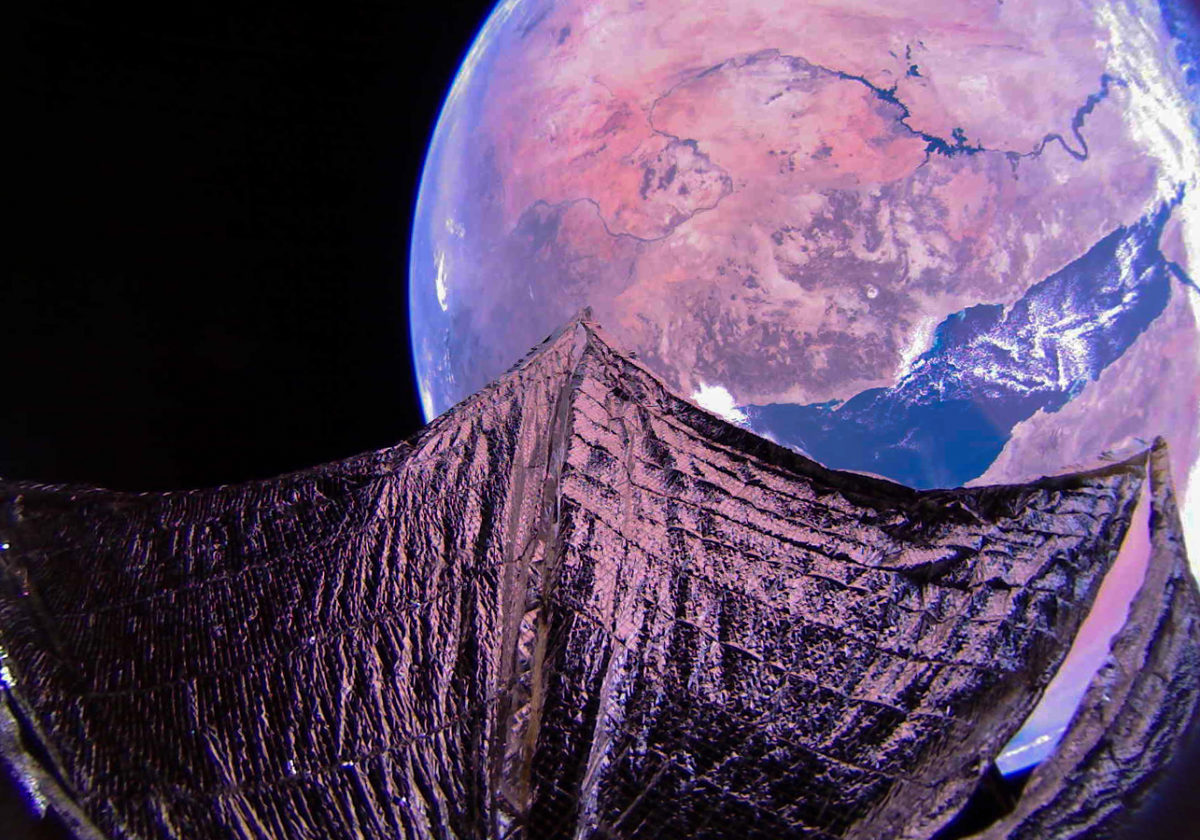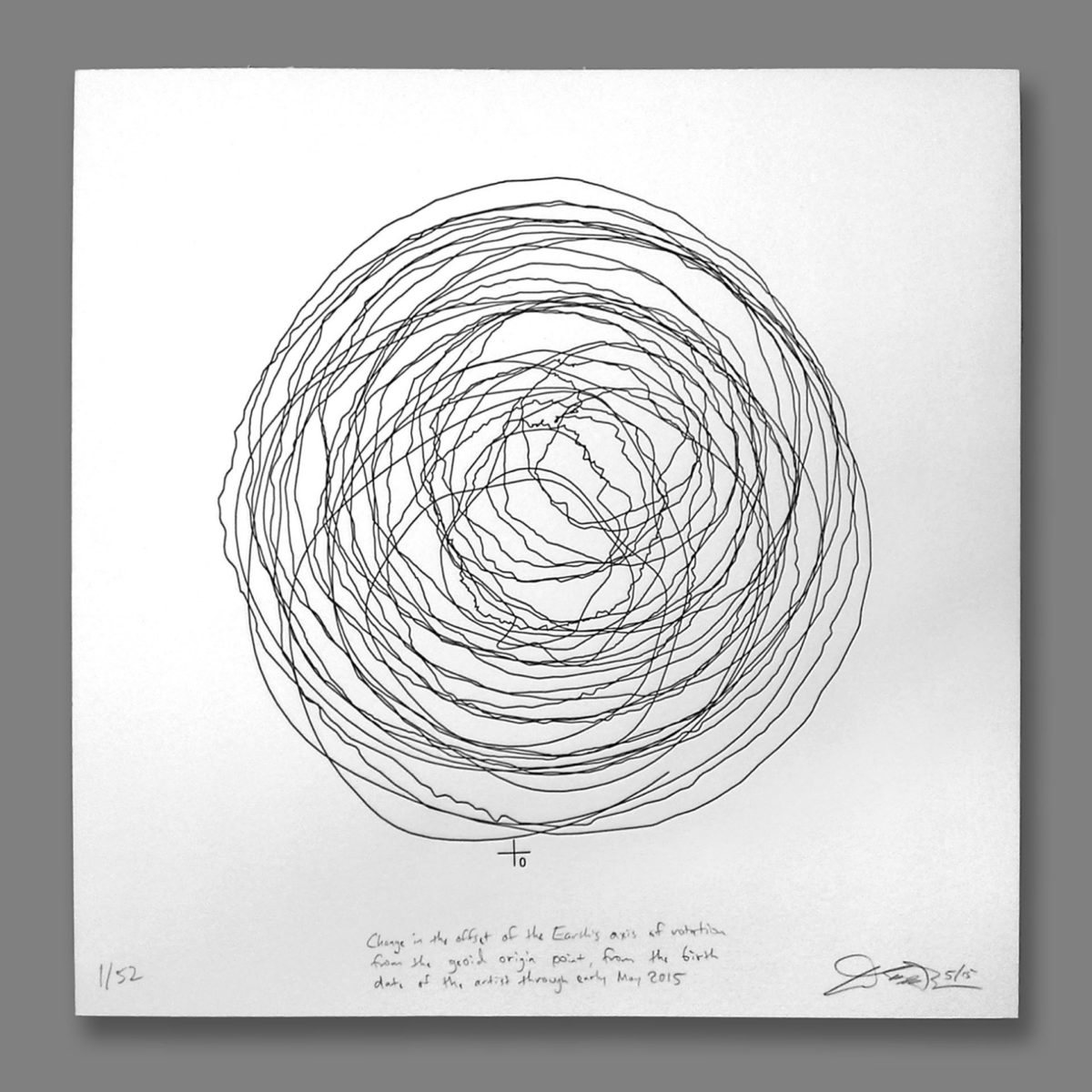The Downlink • Apr 17, 2020
A new exoplanet and a Martian helicopter
Space Snapshot
The pictures are in from BepiColombo’s Earth flyby last week. The European-Japanese spacecraft, which launched in 2018, used Earth’s gravity to swing toward the inner solar system. As it flew past, the spacecraft snapped shots of our planet using its black-and-white monitoring cameras. Learn why we explore Mercury and what BepiColombo hopes to discover there. Image credit: ESA/BepiColombo/MTM/Combined GIF by Go Murakami
You love space, now take action
This weekly newsletter is your toolkit to learn more about space, share information with your friends and family, and take direct action to support exploration. Anyone can subscribe at planetary.org/connect to receive it as a weekly email.
Mission Briefings


Scientists have discovered a new Earth-sized planet in a star’s habitable zone—the region where liquid water could exist on its surface. The discovery was made using data from the now-retired Kepler Space Telescope. Out of all the exoplanets found by Kepler, this new world—located 300 light-years from Earth—is most similar to Earth in size and estimated temperature. Learn why and how we study exoplanets, and how you can get involved. Pictured: An artist’s depiction of the surface of the newly discovered exoplanet. Image credit: NASA/Ames Research Center/Daniel Rutter

NASA announced that Masten Space Systems will fly a small lander to the Moon’s south pole in 2022, carrying instruments and technology demonstrations that will help prepare for human landings in 2024. Masten may be especially familiar to Planetary Society members: the company flew our PlanetVac sample collection experiment on its Xodiac rocket in 2018.

NASA’s OSIRIS-REx spacecraft completed a sample collection rehearsal at asteroid Bennu, coming just 75 meters from the surface before backing away as planned. The probe is scheduled to touch down on Bennu in August, grabbing a small sample of regolith that will be returned to Earth in 2023. The samples could shed light on the connection between asteroids and the formation of our solar system, as well as the role asteroids played in bringing water to Earth.

Engineers at NASA’s Kennedy Space Center in Florida attached the small Mars helicopter to the belly of NASA’s Perseverance rover, which is scheduled to launch this summer. Once on Mars, Perseverance will lower the helicopter to the surface and move 100 meters away. After engineers perform extensive system checks, the helicopter will embark on a 30-day flight-test campaign to explore the rover’s surroundings.

NASA astronauts Andrew Morgan and Jessica Meir, as well as Russia’s Oleg Skripochka, should have returned to Earth from the International Space Station Friday, just after The Downlink published. The station now has a crew of just 3 astronauts, until the planned May arrival of NASA’s Bob Behnken and Doug Hurley aboard a SpaceX Crew Dragon spacecraft.

Engineers at NASA and the German Aerospace Center continue to make progress in their efforts to save the heat-flow probe known as the mole aboard the Mars InSight lander. The self-hammering instrument, known as the mole, has unsuccessfully been trying to bury itself since March 2019. InSight is using its robotic scoop to press down on the mole while it hammers.
From The Planetary Society


LightSail 2 is still orbiting the Earth and sending back data, teaching us more about solar sailing and its potential for space exploration. The spacecraft is also still sending back stunning photos. Pictured: LightSail 2 above the Red Sea and the Nile River.

You may be wondering how the coronavirus pandemic will impact space exploration in the coming years. NASA Administrator Jim Bridenstine joined Planetary Radio this week to address the agency’s response to the public health crisis, the ongoing work toward the Perseverance Mars rover’s upcoming launch, and the outlook for the agency. Spoiler alert: he’s optimistic that the next decade of exploration will still be phenomenal.

If you weren’t able to join the Yuri’s Night global webcast on 11 April, you can still enjoy the celebrations by watching the video of the event. Planetary Society board member Robert Picardo opens the event, which features astronauts Chris Hadfield, Scott Kelly, Nicole Stott, plus other space luminaries, including our CEO Bill Nye.

In last week’s Downlink we announced an upcoming special interactive edition of Planetary Radio Live with host Mat Kaplan and Chief Scientist Dr. Bruce Betts. This event has been bumped back a week, and is now scheduled for Thursday 30 April at 1pm PT/ 4pm ET/ 8pm UTC. We’ll share details on how to join in next week’s Downlink email.
What's Up

Venus is still shining bright in the night sky after sunset and can be easily spotted. If you’re staying up very late or getting up very early, you’ll be able to see Mars, Jupiter, and Saturn for a few hours before sunrise.
Wow of the Week

Planetary Society member Ted Ollier sent us this artwork he created, which has the nicely explanatory title: “Change in the offset of the Earth’s axis of rotation from the geoid origin point, from the birth date of the artist through early May 2015.” Much of his artwork involves astronomical concepts, pulling data into visual abstractions that convey information as well as aesthetics.
Do you have a suggestion for the Wow of the Week? We’re looking for space-related art, music, gadgets, quotes, fashion, burning questions, sci-fi passages, or anything else that will make our readers go “Wow!” Send us your idea by replying to this email.


 Explore Worlds
Explore Worlds Find Life
Find Life Defend Earth
Defend Earth


